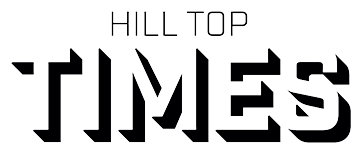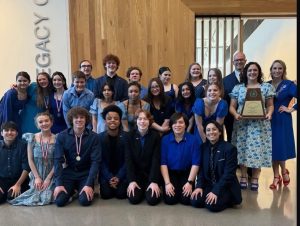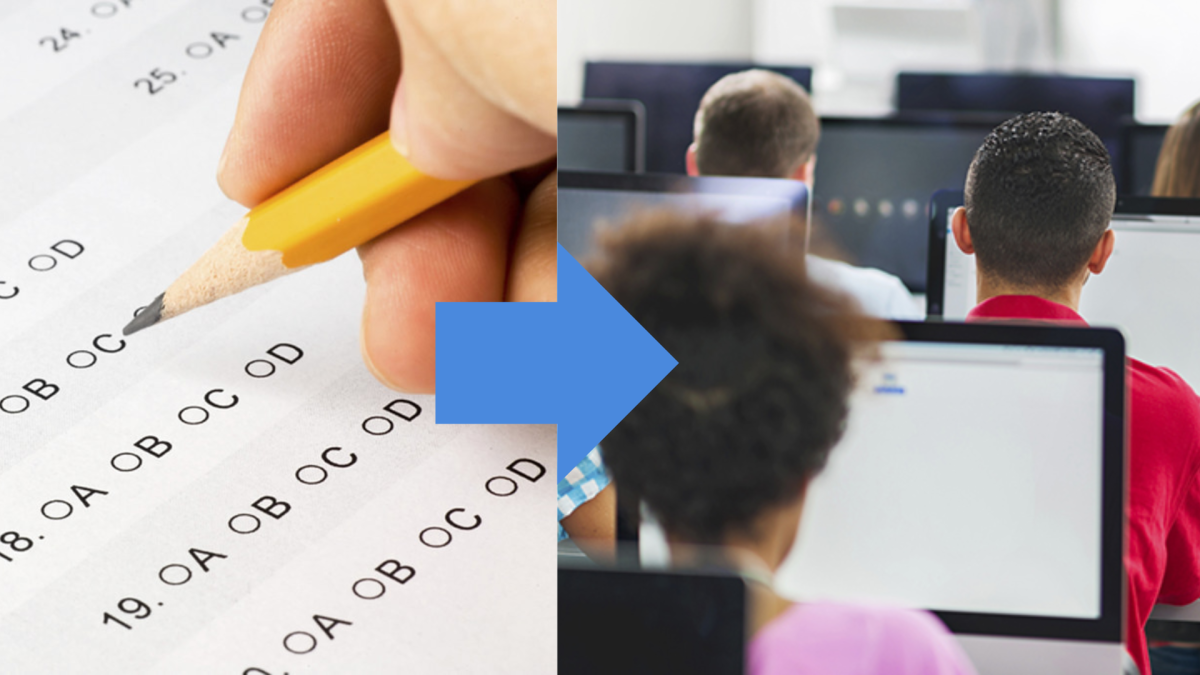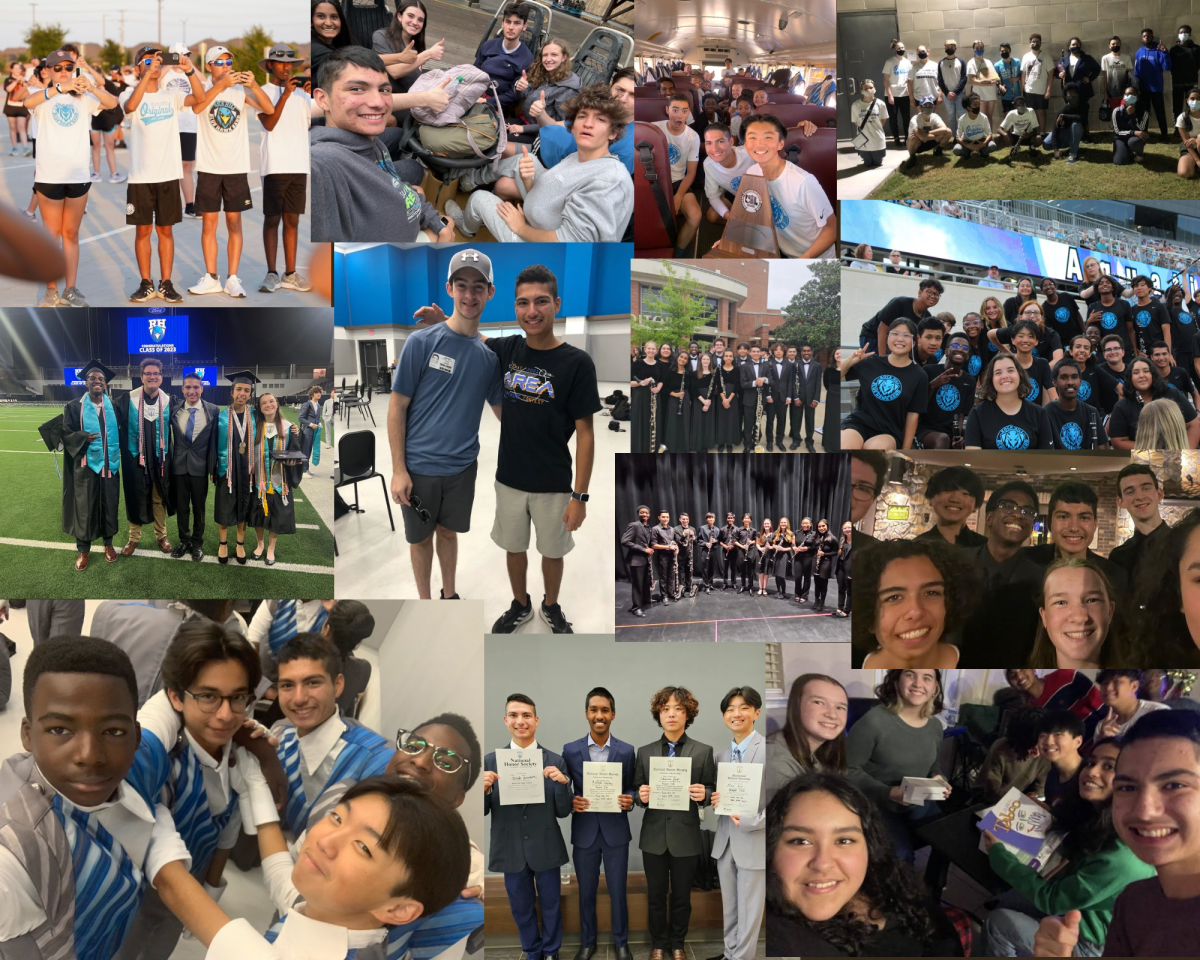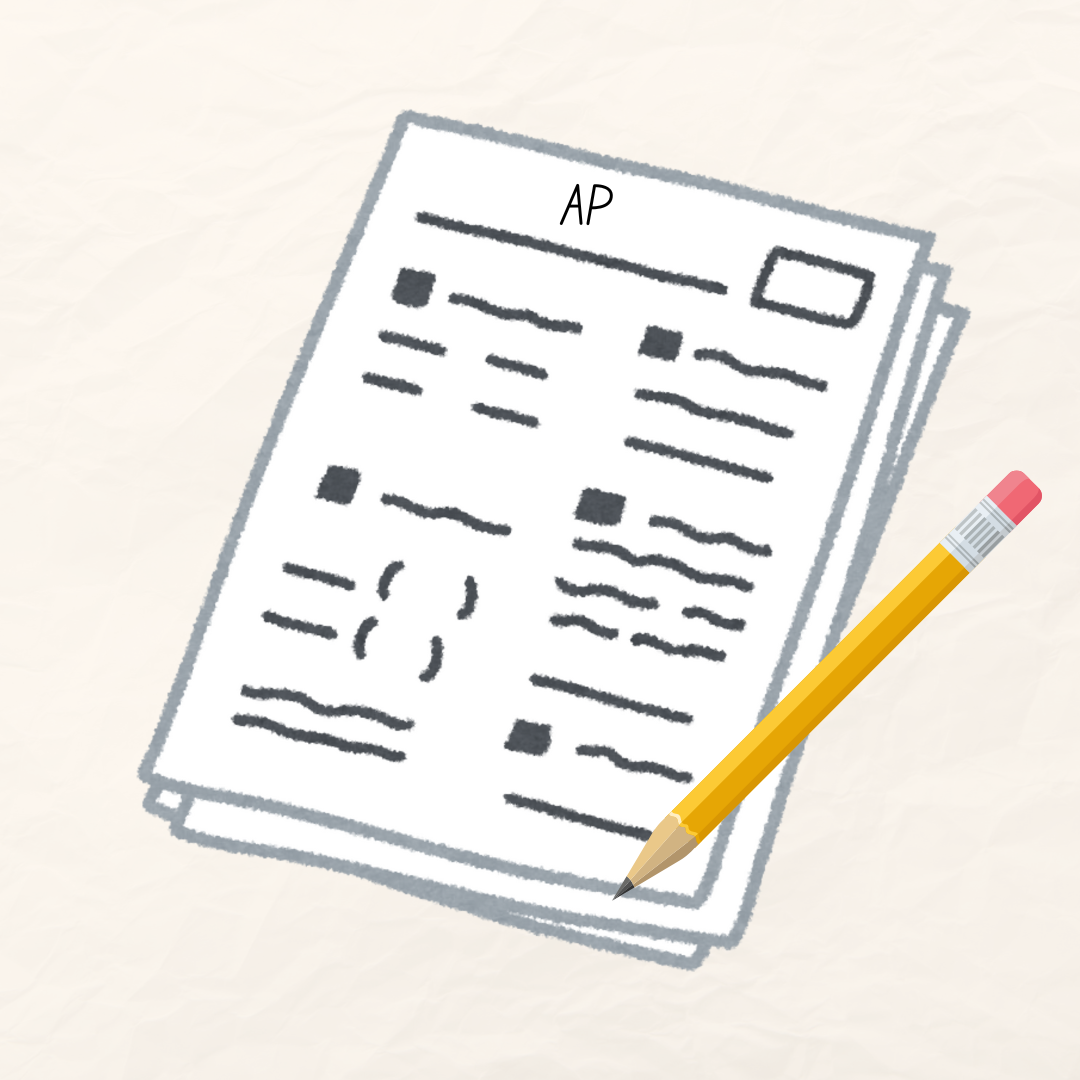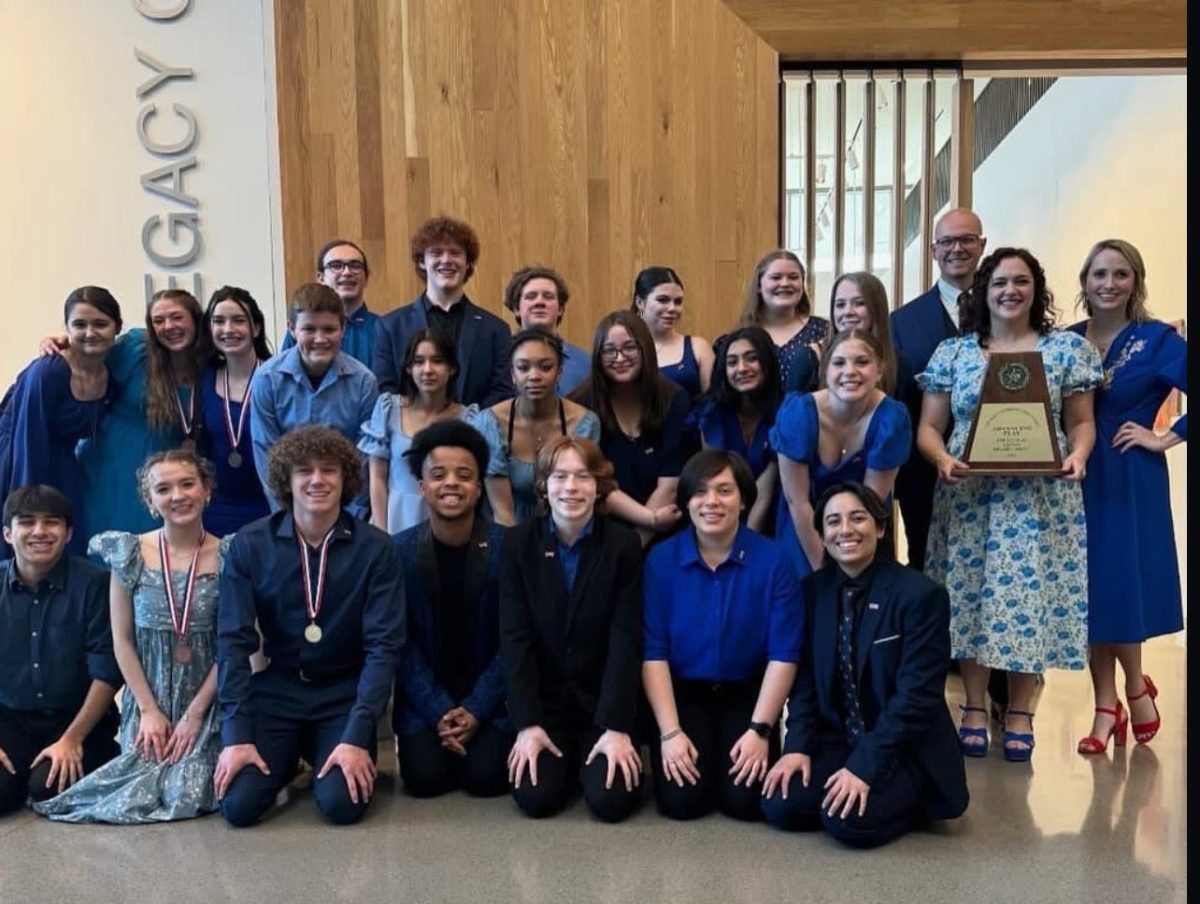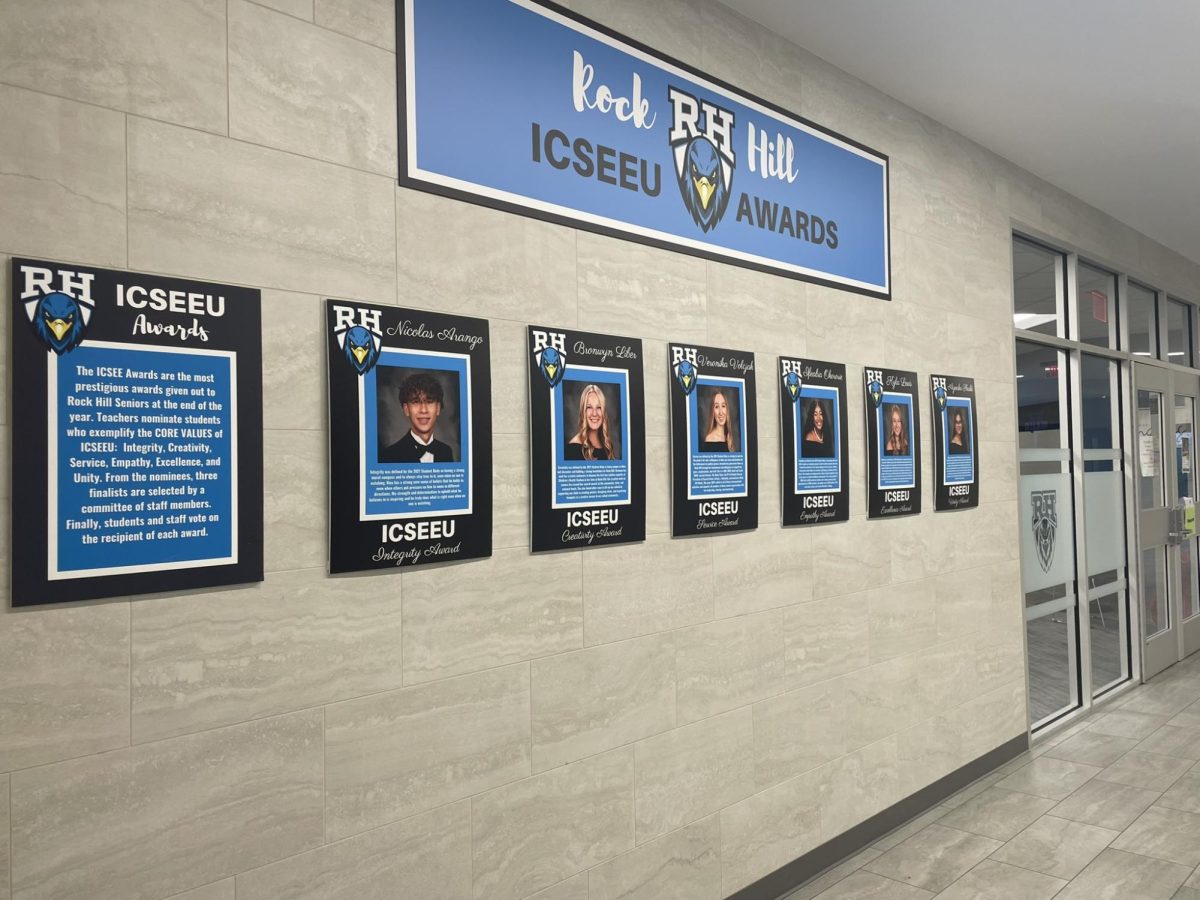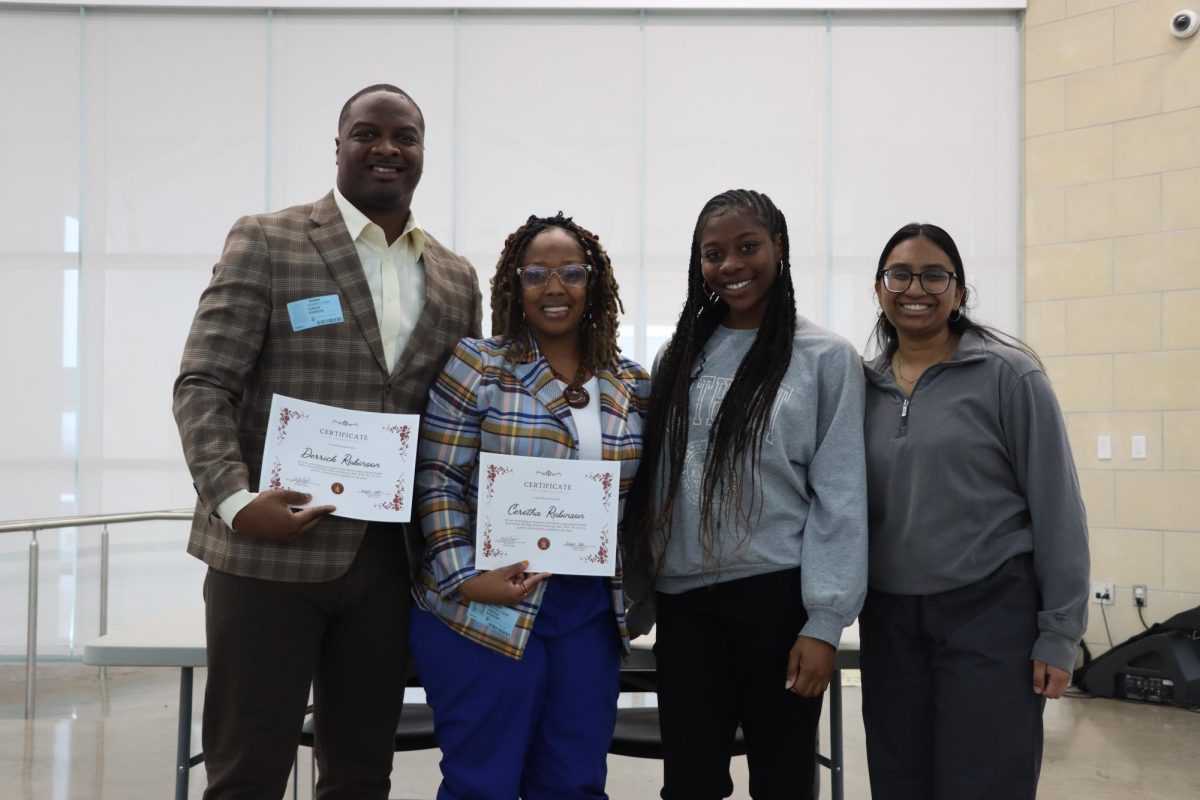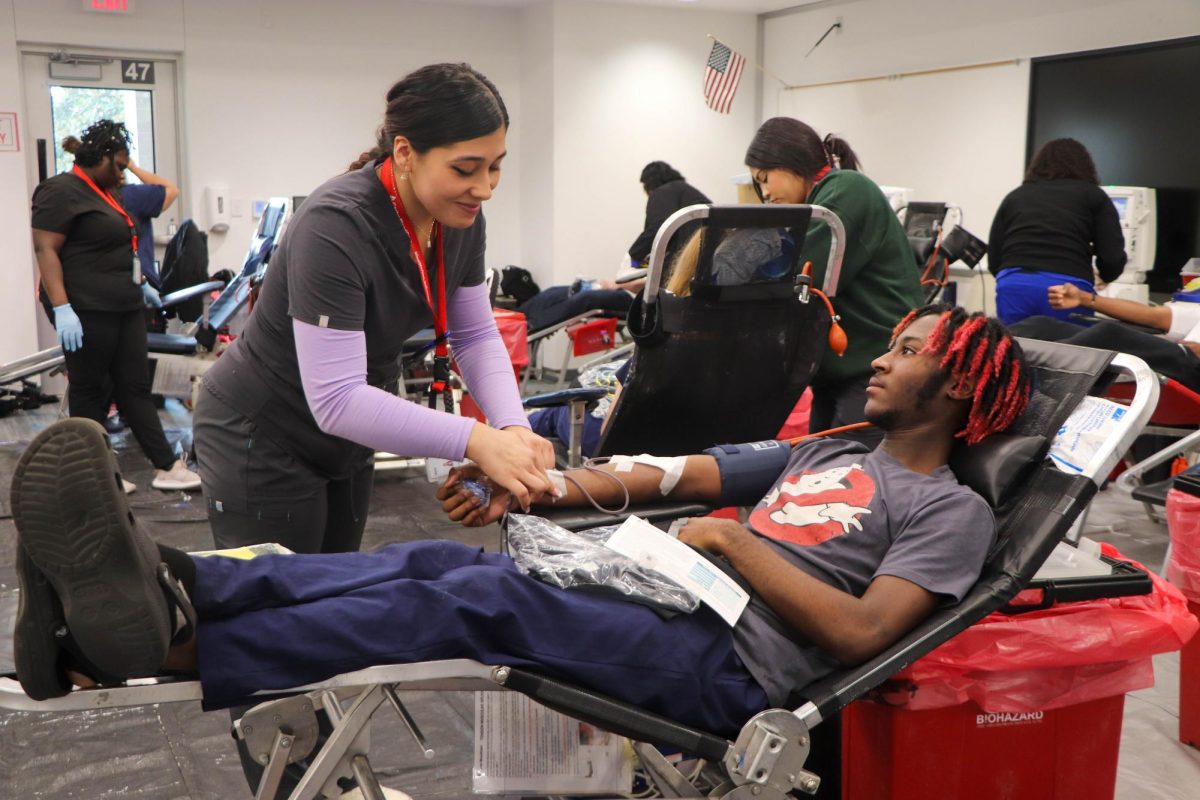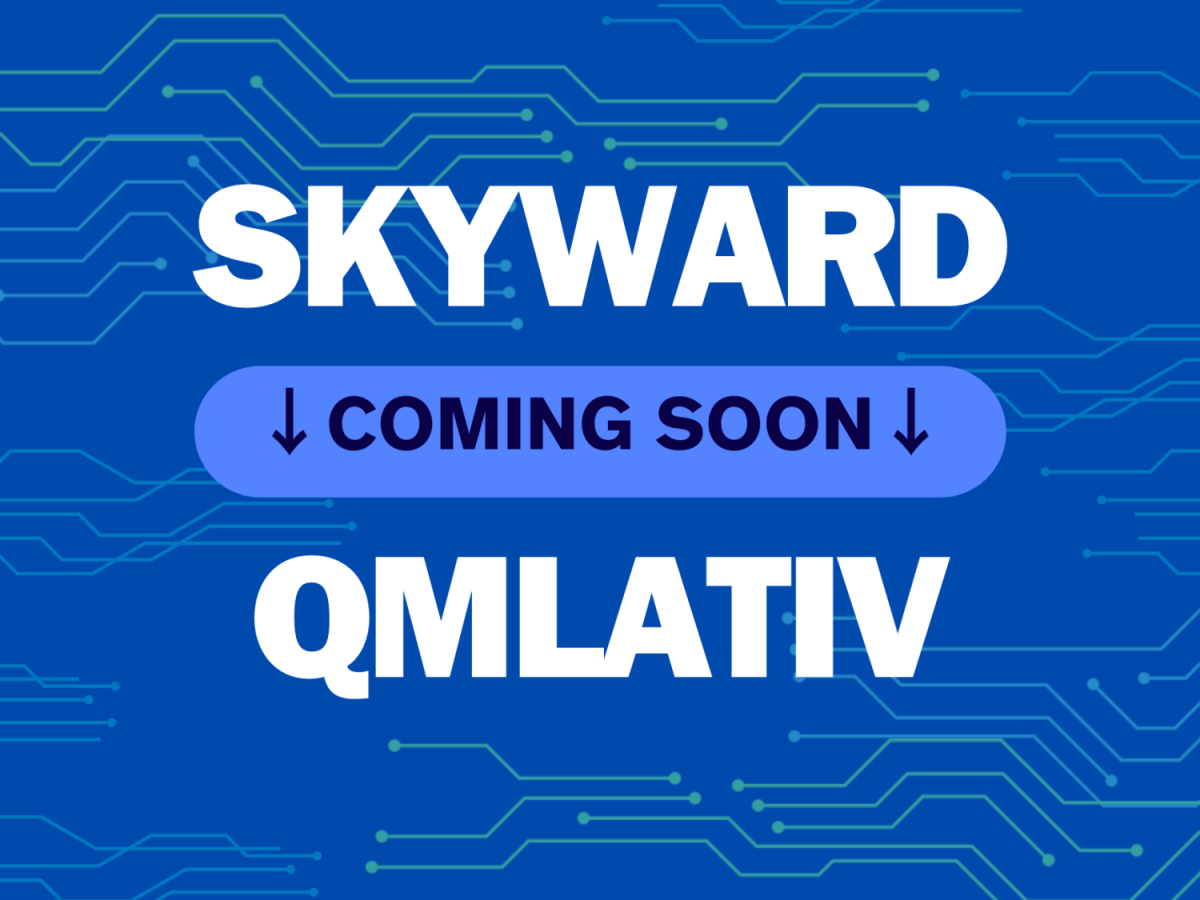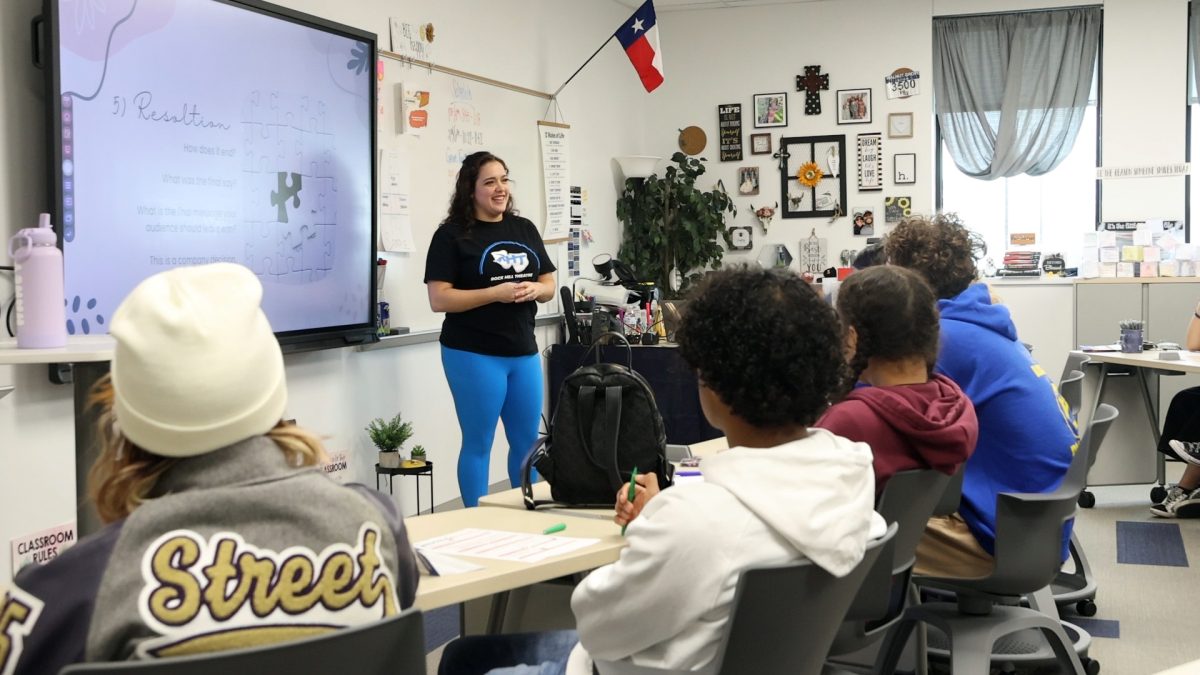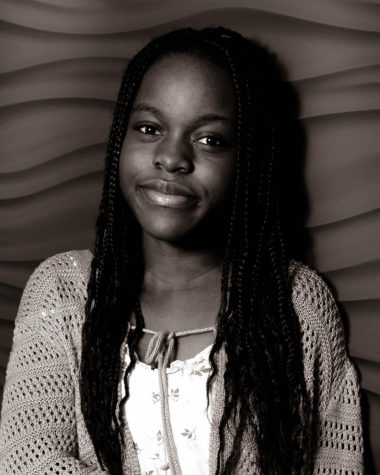The SAT college admissions exam has fully embraced the digital era, leaving the traditional paper-and-pencil format behind. The transition to digital testing is marked by a shorter exam duration, adaptive testing, and a streamlined process for receiving scores. On March 6, juniors undertook this new change.
The digital format promises quicker score returns, addressing a longstanding concern about the long waiting period of the traditional paper exam.
The SAT, once a 3-hour-long assessment, now lasts only 2 hours and 14 minutes.
“[The shorter time] impacted my experience positively,” junior William He said. “Knowing that it’s not as long– just the whole physical experience of it not being that long– allows me to be a better test-taker and allows me to stay healthy as a person and stay grounded in reality while I’m in the testing room.”
The digital SAT is split into four sections– two equal-length separately timed parts called modules for both reading and math. The test is adaptive, so the difficulty of the second module is based on performance in the first.
“Despite what most of my friends thought, I think that the SAT’s adaptive nature was pretty fair,” junior Jena Maningat said. “Students trying to aim for higher scores might feel like it puts more pressure on them to perform better in the first half, but there’s also plenty of time given for students to check their answers before they can move on, so that might also neutralize the concerns.”
This adaptive feature aims to provide a more personalized evaluation and tailor test questions to students’ abilities, according to College Board.
“I think it makes it more fair because if the second section makes it easier for someone, it gives them the ability to get a higher score,” junior Nimra Mughal said. “If it was still hard questions, they would have no motivation, and they would end up guessing, which could end up resulting in a lower score.”
The absence of long reading passages, replaced by shorter, focused paragraphs, is a notable change that aims to reduce the cognitive load on test-takers and offer a more manageable approach to comprehension.
“For me, personally, I thought the reading section this time around was a lot better than the paper SAT version,” He said. “Longer reading passages– it’s an eyesore to read because of the wall-to-wall text, and because it’s so dense, you can’t really understand anything. It’s hard to stay concentrated for that long, and so you lose focus.”
There is no longer a non-calculator and calculator section– students can use the integrated graphing calculator on the testing platform, Bluebook, for the entirety of the test.
“The availability of the calculator was so helpful because if someone doesn’t have a calculator, they would end up missing those questions for absolutely no reason,” Mughal said.“I think the calculator was the most helpful out of all the tools.”
Students were also provided with a hand-held TI-84 graphing calculator during the exam if they chose.
“I didn’t use the digital calculator at all because the teachers already provided them for us,” Maningat said. “And for the most part, most SAT questions can actually be solved with mental math or on paper if you can carefully think about the questions. So I think that the calculator is a really useless tool to begin with, digital or not.”
The digital SAT incorporates new tools like a digital highlighter, line reader, testing timer, and reference sheet.
“Other people would have appreciated the line reader function that allows people to read specific lines more clearly by blocking out all the other text, and I think that that allows people to focus more,” He said. “And I enjoy having a reference sheet pop up in front of me with a clickable button because that was helpful with a lot of questions during the test.”
Though students like the shortness of the digital SAT, there are certain elements of the traditional SAT that they miss.
“Something I do miss about the traditional SAT is the hands-on approach and being able to write or annotate important notes that could help me organize my thoughts,” Maningat said. “But something I did like about the digital SAT was how it was organized similarly to star testing, and how you could focus on one question before choosing to move on to the next one.”
Some students, however, have no desire for aspects of the traditional format to make a comeback.
“I don’t miss anything,” He said. “I hate bubbling things in. That takes a lot of extra time to do. I don’t enjoy the fact that it was dense and so convoluted and just complicated for me to take.”
Critics have expressed concerns that lower-income students may face challenges in preparing for a digital exam. However, the College Board asserts its commitment to providing accommodations, including the option to borrow devices, to ensure a level playing field for all test-takers.
“[The digital SAT] reduces cheating; it really balances the playing field by giving a more accurate representation of where students actually are,” He said. “Because for decades, the SAT has been viewed as a gateway to college, and in a lot of respects, it is.”
Although there are major differences in the format of the test, the nature of test preparation for students remains generally unaltered.
“It’s basically the same,” junior Sharanya Naredla said. “I attend workshops, as always. I do practice tests every single week. It’s just a different format for the reading section, so I had to learn more vocab words.”
The move towards a digital SAT comes at a time when the relevance of standardized tests in college admissions is under scrutiny. Some colleges have shifted to test-optional policies due to reasons such as socio-economic disparities and have maintained this approach. However, others, like UT Austin, Brown University, Yale University, and Dartmouth College, are reinstating the requirement for test scores.
“I think [the digital SAT] will balance the playing field because that mindset has trained a lot of people, especially a lot of Asian-American students, to pour an excessive amount of time into SAT prep,” He said. “And a lot of families will pour in hundreds and thousands of dollars into SAT prep and tutors and, you know, all these other things.”
Students are currently adapting to the adjustments in the new testing format with a mix of eagerness and wariness. As they navigate these changes, the digital SAT marks a significant chapter in the ongoing evolution of standardized assessments.
“I think having a digital SAT allows for people to work through their problems better,” He said. “It’s more adaptive to people with disabilities, it offers more functionality for students to try to focus and do better on their tests. Overall, it does make it more accessible for students and will generate a lot better of a testing environment for generations to come.”

